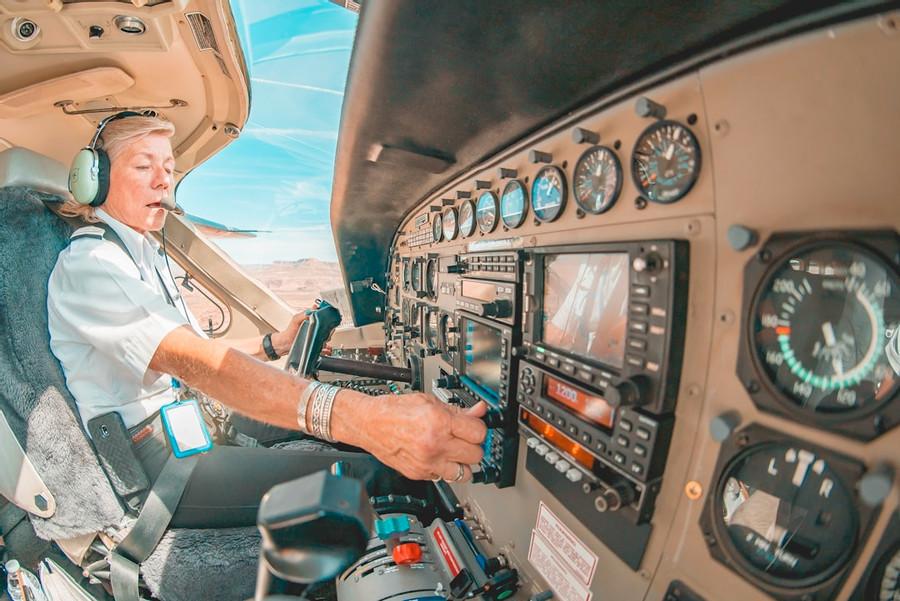The Next Step: Safe Flight Path And Communication
Navigate a safe flight path (in relation to mountains, storms, air traffic zones, and other aircraft) and communicate with the folks who need to know what you’re doing, or who can help you to achieve a safe outcome.
For a trained pilot, navigation is a more immediate priority than communication (hence the order of the mnemonic, first A, then N, and last of all C). But for you the opposite is true, because unless you can see an airport right in front of you, you’re going to need outside help to remain clear of terrain and to find a runway.
9
20 reads
CURATED FROM
IDEAS CURATED BY
Up in the sky in the cockpit with no pilot.
“
The idea is part of this collection:
Learn more about personaldevelopment with this collection
How to set clear objectives
How to follow up after a meeting
How to manage time effectively
Related collections
Similar ideas to The Next Step: Safe Flight Path And Communication
Design A Strategic Plan To Keep Everyone On The Same Page
The One-Page Strategic Plan is a framework that will help your company visualize and achieve its goals.
There are a number of questions you’ll need to answer when designing your own OPSP: Who is responsible for each step? What is your number one priority for the next year? ...
Read & Learn
20x Faster
without
deepstash
with
deepstash
with
deepstash
Personalized microlearning
—
100+ Learning Journeys
—
Access to 200,000+ ideas
—
Access to the mobile app
—
Unlimited idea saving
—
—
Unlimited history
—
—
Unlimited listening to ideas
—
—
Downloading & offline access
—
—
Supercharge your mind with one idea per day
Enter your email and spend 1 minute every day to learn something new.
I agree to receive email updates

